Nostalgia tastes sweeter until you see the checkout total.
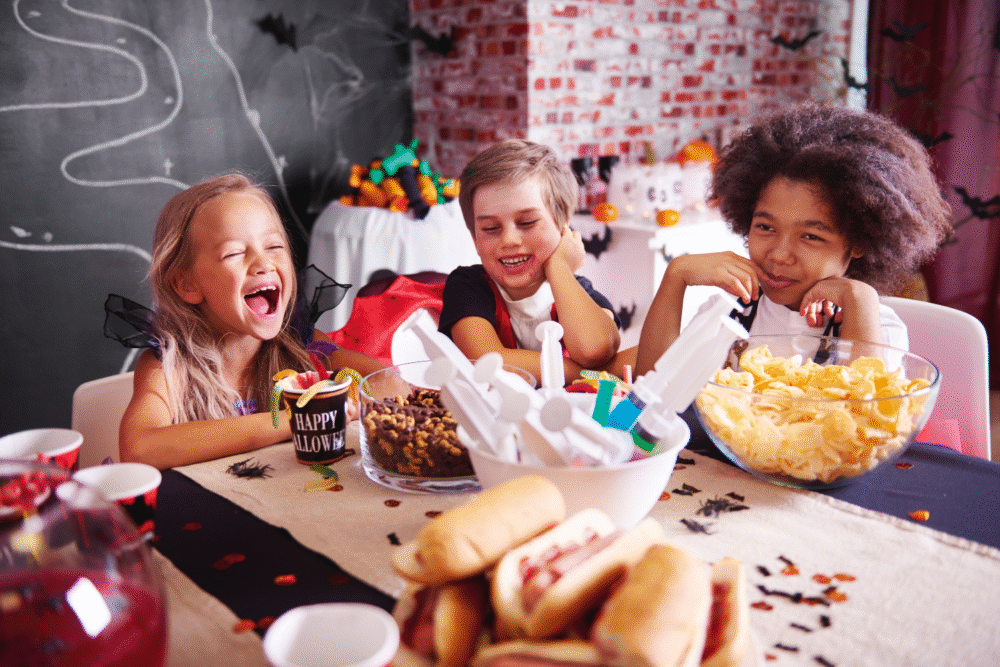
’90s snacks felt cheap because everything else did too: allowance stretched further, sizes were bigger, and nobody parsed labels like a lawyer. Today, the same flavors still slap, but inflation, shrinkflation, and premium rebrands have quietly rewritten the bill. You’re not just paying for sugar and crunch—you’re paying for packaging, marketing, and convenience.
This isn’t a price list; it’s a reality check. Here’s how ten lunchbox legends would hit your wallet now, and why they feel pricier than you remember.
1. Dunkaroos now charge for the nostalgia tax.
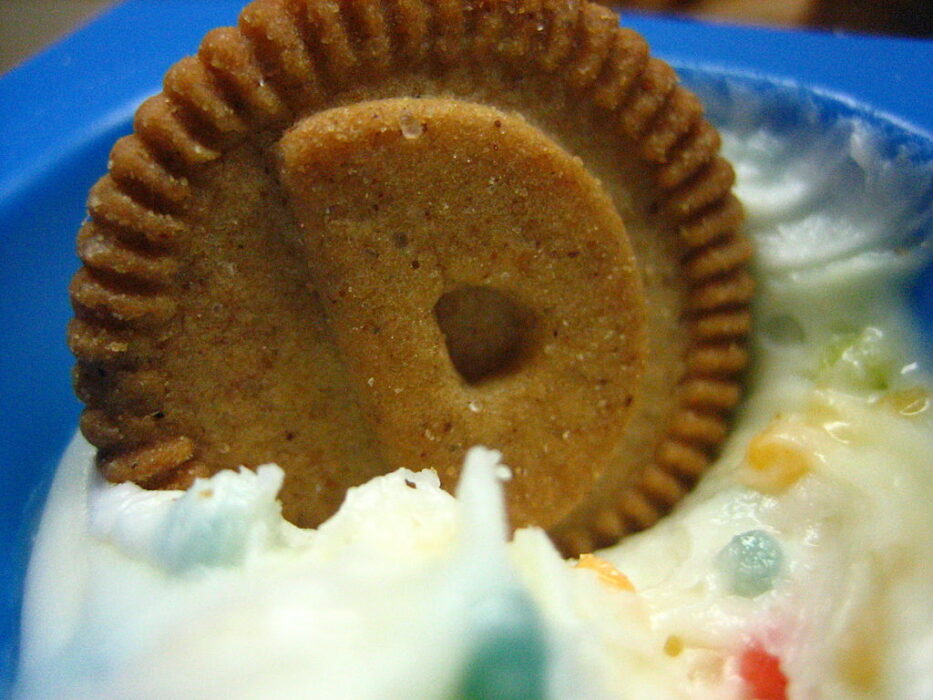
Cookie-to-icing ratio once felt decadent, and the price barely registered because someone else—usually a parent—bought them. The rebooted packs arrive in sleeker trays, smaller portions, and flavors engineered for memory. That added “aww” feeling costs extra, even when the grams shrink.
You’re also paying for distribution: airport kiosks, boutique grocers, and limited-edition runs. The checkout sting isn’t just inflation; it’s premiumized childhood. Still delicious, still fun, just more of a treat than a pantry staple, which changes how quickly you toss them into a cart—and how slowly you savor each dip.
2. Lunchables depend on convenience markups.
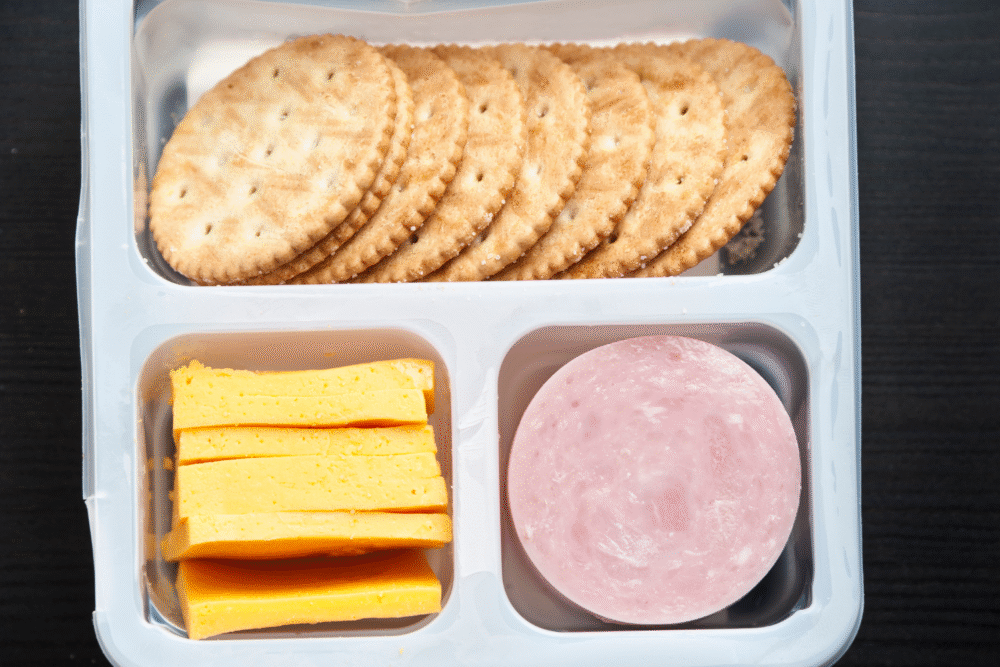
The price never reflected crackers and meat alone; it reflected time saved for frazzled parents. Today’s versions lean harder into “mini meal” status with branded cookies, drink pouches, and bolder packaging. That bundle justifies a higher shelf price, even as ounces hover modestly.
Cold-case real estate isn’t cheap, and neither is the grab-and-go promise. If you recreate the tray with store brands, you’ll likely spend less—but you’ll also lose the tiny red pizza sauce packet and the peculiar joy of building your lunch. Convenience, like nostalgia, commands a premium that math rarely wins against.
3. Fruit Gushers ride the gummy renaissance.
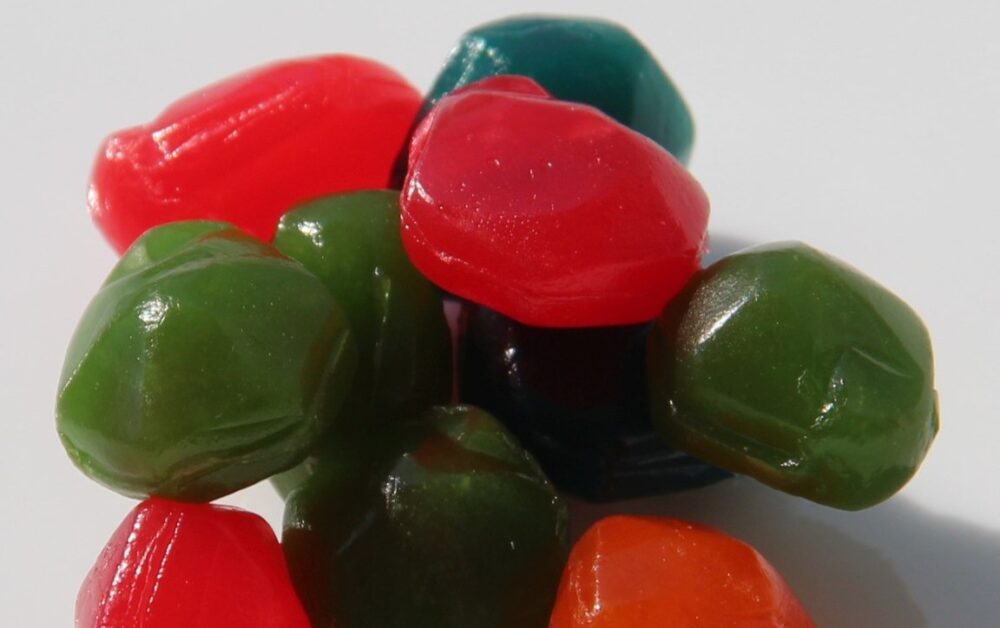
Gushers didn’t change much at heart: chewy pillows that burst like tiny water balloons. What changed is the aisle around them—gourmet gummies, collagen candies, natural dyes, and better-for-you claims. Even mainstream brands price against that backdrop, nudging boxes upward.
Portions trend smaller, boxes slimmer, and multipacks wear “family size” labels that once meant bigger. The glow-up in packaging design also sells a feeling of “treat, not snack,” which softens the sticker shock. They’re still a thrill for lunchboxes and late-night sweet tooth attacks, just no longer the casual toss-in they were in 1998.
4. Capri Sun pays for pouches and portability.
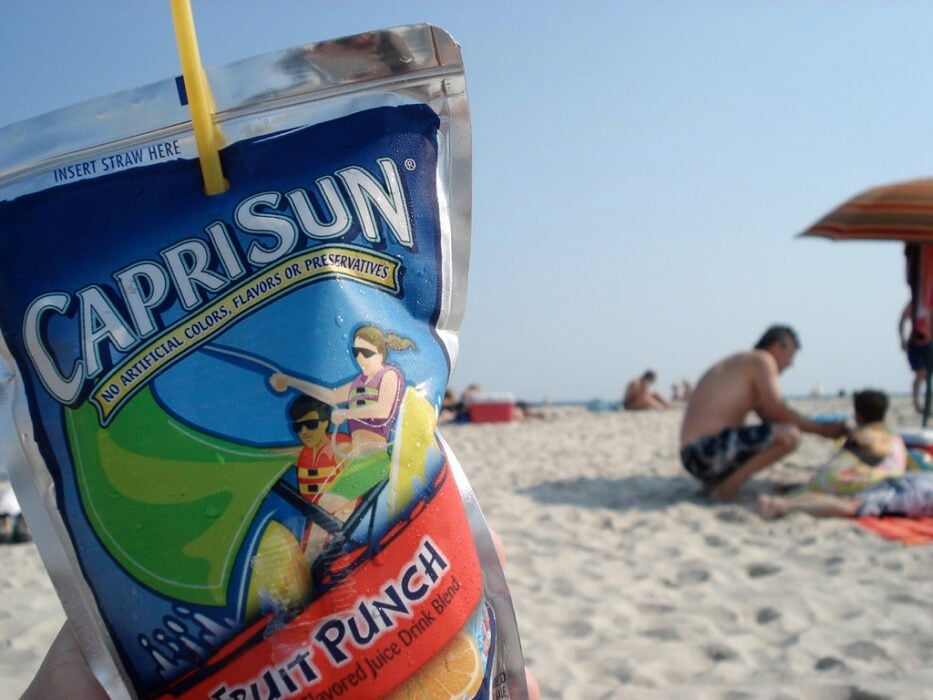
Capri Sun was always a vibe: cold pouch, crinkly foil, the micro-surgery of straw insertion. The price quietly bakes in packaging—specialized materials, inserts, and shipping bulk. As materials and transport costs climbed, so did shelf tags, even when juice content stayed familiar.
You’ll see multipacks doing the heavy lifting, spreading cost across school weeks. That per-pouch math can still work, but it rarely feels “cheap.” The nostalgia dividend is the ritual: fridge door opens, silver pouch glints, and suddenly your afternoon looks friendlier. The premium you pay buys that reliable mood swing.
5. Pop-Tarts face the premium breakfast paradox.
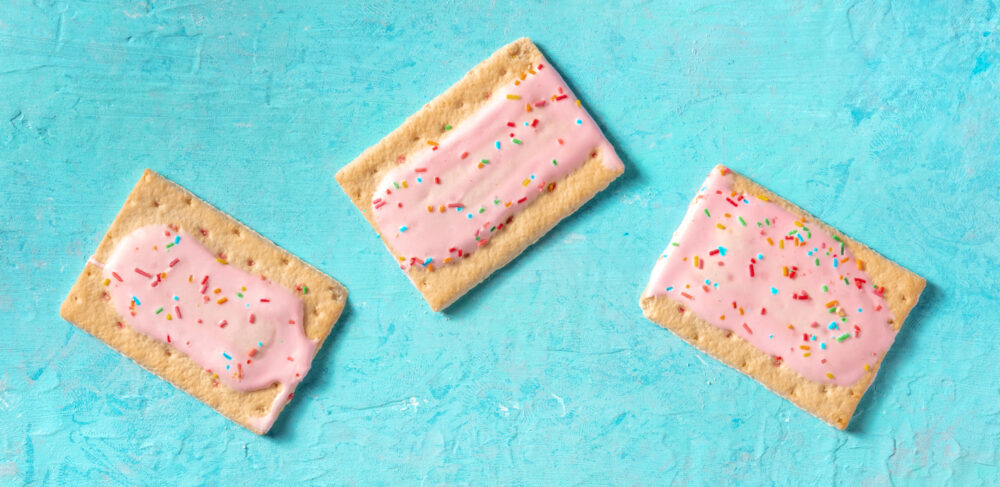
Pop-Tarts straddle two worlds: aisle classic and indulgent pastry. Limited flavors, frosting swirls, and collabs subtly migrate them toward “treat,” not “breakfast.” Prices respond accordingly, often leaning on flavor innovation instead of bulk discounts to justify the number.
If you compare cost per pastry to a bakery item, they still look like value. Compared to the old family pack memories, less so. The toaster moment remains unbeatable: aroma, warmth, and a sugar glow strong enough to fuel a commute. You’re paying for ritualized convenience—and for not preheating an oven at 7 a.m.
6. Bagel Bites reflect oven-to-microwave inflation.
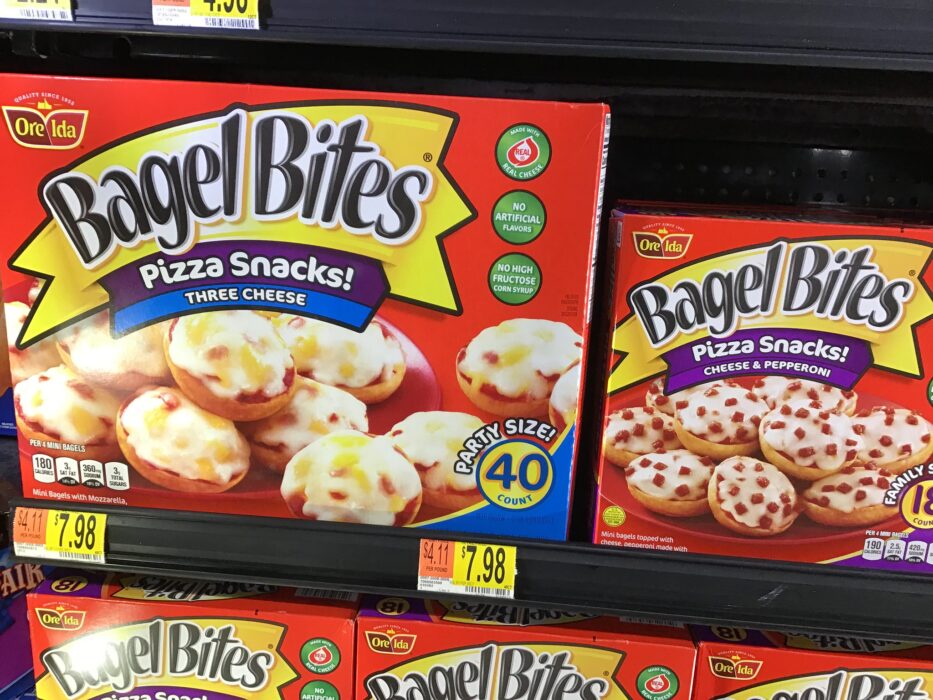
The pitch hasn’t changed: tiny pizzas that hit the nostalgia receptor like a doorbell. What’s changed is everything around them—cheese sourcing, freight, freezer case energy, and brand marketing that keeps them top of mind in late-night aisles. All of that rides the price upward.
Count the pieces; you may find fewer than memory insists. Still, the value lives in speed: twelve minutes to “childhood movie night.” Making mini pizzas from scratch would cost less, taste better, and never happen on a Tuesday at 10 p.m. That gap—between ideal and actual—is where the markup wins.
7. Hot Pockets bundle hunger insurance.
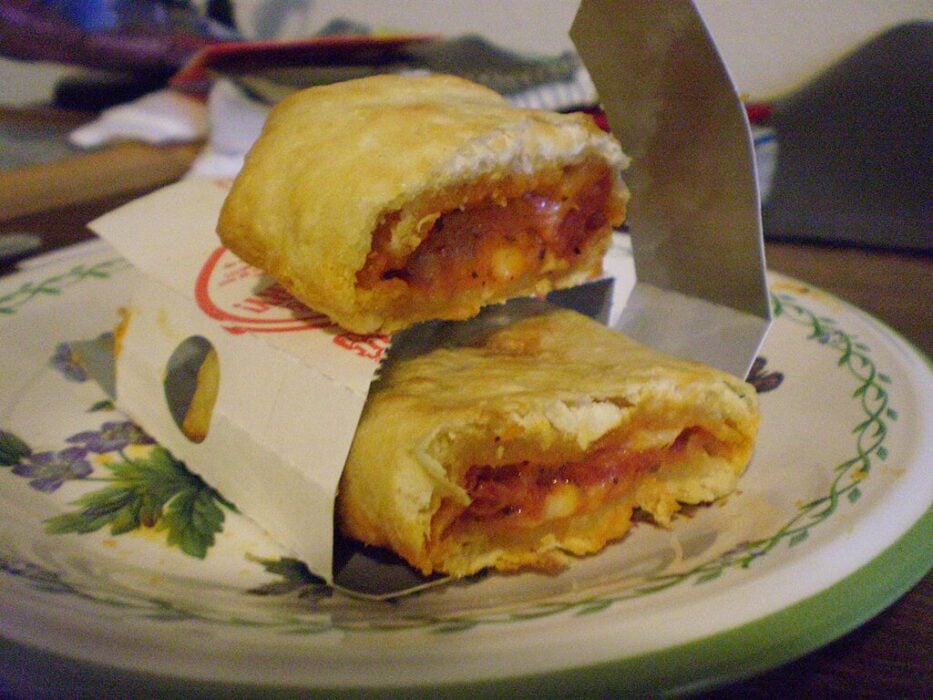
They were always a safety net for the after-school maelstrom. Today, the promise is similar: portable heat, dependable cheese pull, and flavors engineered to land. What’s different is the layer cake of costs—protein prices, packaging sturdier for microwaves, and brand equity polished by endless memes.
Two-packs rarely feel like a bargain anymore, but the per-minute value is still fierce. You’ll pay more than memory for the privilege of a zero-dish lunch in four minutes. It’s not just food—it’s a time solution masquerading as a snack, and time solutions don’t go on clearance often.
8. SunnyD sells the citrus fantasy.
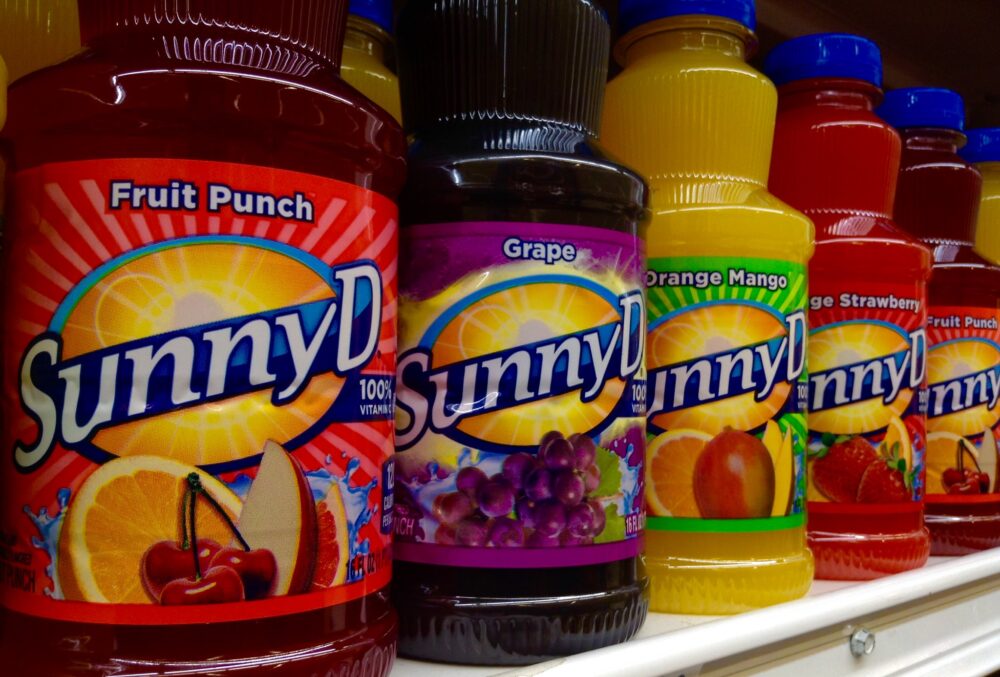
SunnyD never pretended to be orange juice; it was the electric cousin that tasted like Saturday cartoons. In a market obsessed with “real,” it doubles down on “fun,” and that brand differentiation affects pricing. Smaller bottles, multi-flavor packs, and convenience coolers do the rest.
Bulk club buys soften the blow, but single-serve formats bite. The math improves if the bottle replaces a pricier coffee or café drink. You’re paying to drink sunshine in a world of earnest wellness labels—and that bright, artificial burst still makes meetings feel shorter than they are.
9. Fruit Roll-Ups monetize edible mischief.
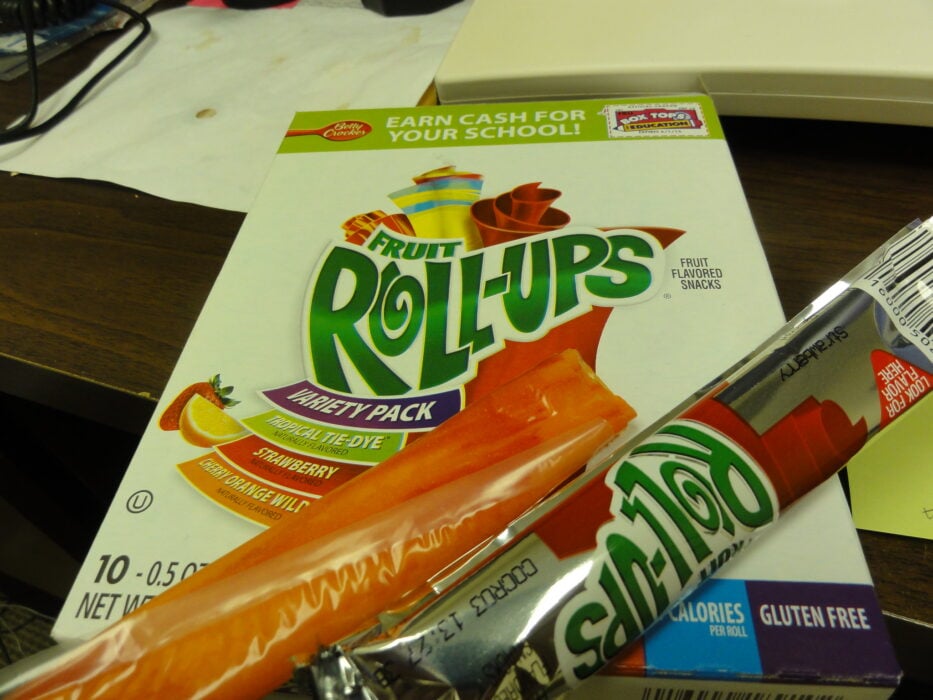
The value never lived in calories; it lived in the unspooling, the tongue tattoos, the impulse to craft makeshift stickers. That kind of built-in play sells at a premium, especially packaged as individually wrapped, lunchbox-ready joy. Rising input and wrapper costs add their own climb.
Social-media resurgences don’t hurt: every trend cycle gives brands permission to lift prices a notch. If you measure by minutes of delight per dollar, they remain competitive. If you measure by grams, not so much. The calculus depends on how badly your afternoon needs a technicolor detour.
10. Yoo-hoo charges for nostalgia in a bottle.
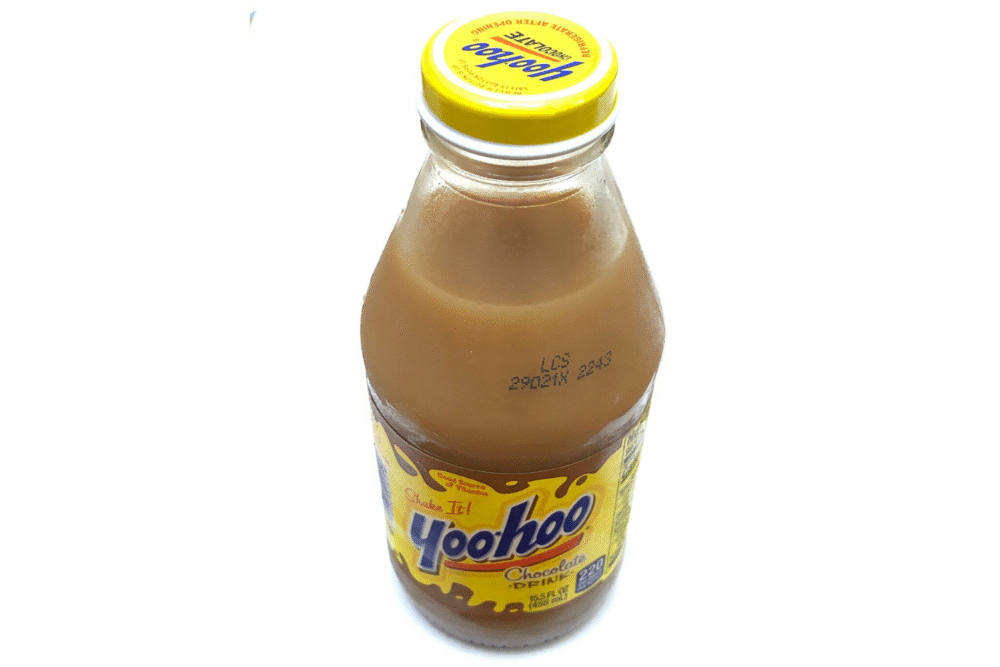
Chocolate drink, not chocolate milk, was always Yoo-hoo’s calling card—lighter, sweeter, infinitely chuggable. Glass bottles and convenience-store placement push costs higher than pantry chocolate mixes, yet that single-serve ritual is the product.
Multipacks can temper the sting, though bottle deposits and transport add hidden pennies. The modern alternative would be café chocolate drinks at triple the price, which makes Yoo-hoo feel like the thrifty cousin at last call. You’re not buying dairy finesse; you’re buying a very specific memory delivered cold, fizz-less, and oddly perfect.
